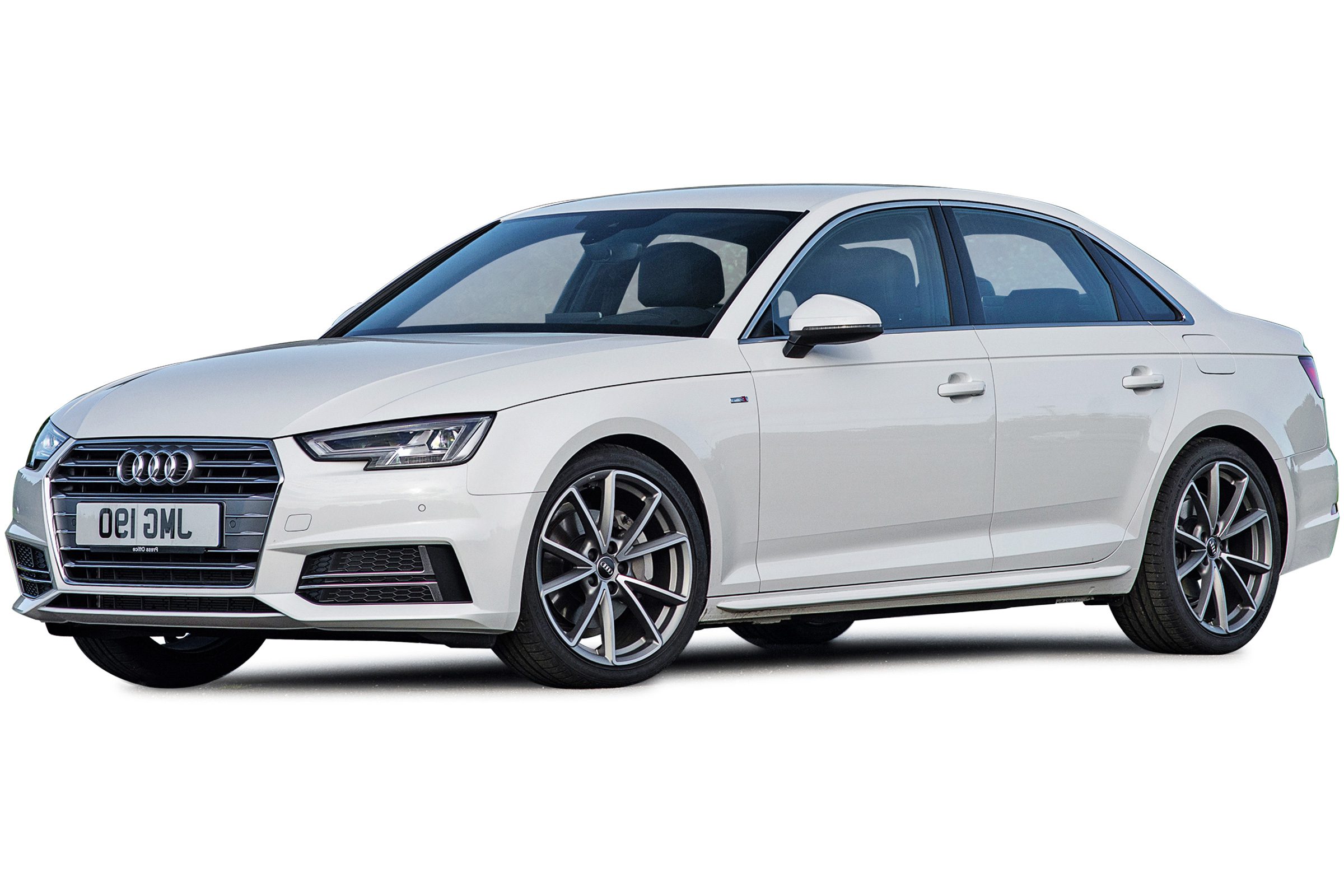Contents
Light bulbs are not only essential for your view on the road, but their quality is also important for other drivers. For example, you may install the most powerful light bulbs in your A4 and call it a day, but other drivers will be blinded by the bright light. In other words, you may improve your safety, but reduce the safety of others.
The same can be said about JDM (Japanese Domestic Market) and USDM (Used to be called “domestic” market, but now it’s called “used” market, so we’ll use that term as well) headlight housings. While there are some aftermarket companies that may only produce USDM headlights, OEMs usually create JDM headlights as well. This means anyone who wants to install a projector-based headlight in their car may experience problems with the beam pattern – not all JDM projectors will fit into an USDM housing.
The distinction between JDM (Japanese Domestic Market) and USDM (formerly known as “domestic” market, now referred to as “used” market) headlight housings is an important consideration for car enthusiasts and modifiers.
While several aftermarket companies may focus exclusively on producing USDM-compatible headlights, original equipment manufacturers (OEMs) often cater to both JDM and USDM models. This diversity in production leads to a significant issue: compatibility of projector-based headlights across different market models.
Those who wish to install projector headlights, a popular choice for enhanced illumination and aesthetic appeal, may encounter challenges with beam patterns and fitment. Not all JDM projectors are designed to seamlessly integrate into USDM housings, potentially leading to improper alignment or inadequate light distribution.
This mismatch can affect both the vehicle’s appearance and its functional performance, particularly in terms of lighting efficiency and road safety. It’s crucial for car owners to be aware of these differences and choose headlight upgrades that are compatible with their specific vehicle model and market type, ensuring both a proper fit and optimal functionality.
We understand that it can sometimes be a confusing experience when trying to find the right bulb for your car online.Many car owners are unaware of what bulb type they actually need.
Most people don’t know the difference between halogen, LED, Xenon or HID kits.
It can be confusing and a lot of drivers just want to be told what bulb they need. We know that, which is why we have created this simple universal guide to auto bulbs.
What Are Halogen Kits ?
Halogen kits are the most common type of bulbs found in vehicles on UK roads today. They are also known as halogen capsules or just plain halogens.
It’s fair to say that your local Halfords will sell more than double the number of halogen bulbs than any other type of car bulb set.
How Does It Work?
Simply put, there is a tungsten metal filament inside the glass capsule which has an electrical current running through it making it hot enough to glow and produce light for your vehicle.
The downside to halogen capsules is they don’t last very long. They are known to stop working within as little as 3 months depending on how often you drive your car and what beam setting you run them at.
Vehicles which spend their life everyday driving in city traffic will use the majority of their bulb’s life in full beam mode, this is because halogen capsules don’t give out much light when used on dipped beams only.
Halogen Capsules Are Best Suited For…
If you use your vehicle in town a lot and like to keep your high beams and fog lamps on then halogens will last for up to 6 months (the average time we found online), not that they wouldn’t work for longer if driven with care but won’t be very bright by them.
Beam Pattern
Halogen capsules are fitted with a plastic base which emits the light out, this is called the beam pattern . Halogen beams will always be slightly curved at the sides of your road ahead, its natural for these types of bulbs to spread less light up front compared to xenon and LED kits . The beam angle can vary from capsule to capsule due to different manufacturers producing them differently. However, overall halogens give out slightly more light at side-angles than LEDs do but less than xenon and HID bulbs.
Halogen Capsules Are Cheaper
Halogen capsules are the cheapest type of headlight bulb available on the market today, which is why they are one of the most sold (along with their ease to install). The tungsten filament inside is quite long compared to other types of halogen capsules, this enables them to produce more light however will shorten their lifespan by up to 70% in some cases depending on how you use your vehicle.
Audi A4 Headlight Bulb Size Chart
How to upgrade Audi A4 headlights?
Depending on the model you have, the Audi A4 comes with halogen or HID (High-Intensity Discharge) headlights. Halogen headlights are less powerful, while HID headlights (also known as Xenon headlights) are much more powerful, while also not limiting the view of other drivers and traffic participants.
For both of headlight types, the easiest add-on which can help greatly with illuminating the floor close to the car, as well as giving your A4 more sporty looks during the day are add-on LED daytime lights. These are very easy to install and are available in different shapes and sizes, so it’s easy to find the right one for your vehicle. These lights are also very durable and consume minimal energy. Another option is LED strips, which serve the same purpose, but can be adjusted to the lines of the Audi A4 better. Both add-on LED daytime lights and LED strips also improve the looks of the A4.
In order to improve the headlights for night driving, it’s recommended to replace your Audi A4 headlight bulb with high-quality bulbs from reputable manufacturers. These will not only illuminate the road better, but they will last longer. You can also install HID or LED bulbs, which will be more powerful and waste less energy, but they may not work with the headlight design of the Audi A4 and you might get worse results in night driving.
Another option is to replace the headlights completely with aftermarket headlights. There are a lot of designs available for the Audi A4, which not only look better but illuminate the road much better. I would recommend HID or LED aftermarket headlights for the best illumination and looks.
What color temperature of headlight bulbs to choose?
In the past decade, colder headlight bulbs have become more popular with drivers around the world, mostly due to their “cool” looks. While I agree that they look better, they are not the best solution for every possible situation. It’s a general rule of thumb that:
- 3000K is the warmest available temperature and is great for use only in fog lights.
- 4300K is “natural white” and is the go-to temperature for headlight bulbs, with slightly warm color output.
- 5000K is “pure white” and should also be used in headlights, but it has cooler color output akin to ice.
- 6000K is very popular with new models, as it produces very bright and cool light.
- 8000K has a blue tint, almost like an ice blue. It is still a great choice for headlights.
Light bulbs replacement guide
Depending on the headlight bulb type, the process of replacing it is a bit different. On the Audi A4 the headlights used are mostly H7 or HID, so in this step-by-step guide I’m going to explain how to replace those bulbs precisely:
- Remove the headlight housing;
- Squeeze the sides of the electrical connector and remove it from the bulb;
- Rotate the retaining ring until the bulb is released (for H7 bulbs). For HID bulbs only rotate the bulb until it’s released;
- Insert the new bulb into the housing;
- Reattach the retaining ring until the bulb is tightly in place;
- Return the headlight housing.
See Also
How Much Coolant Does a 2014 Audi A4 Take?
A Guide to Audi A4 Dash Warning Lights (Symbols, Meaning & How to Respond)
20 Cars Similar To Audi A4 (Specs & Features)
See More
Audi A4 headlight bulb Audi A4 bulb size Audi A4 bulb size chart

Consultant in the area of automotive lighting solutions. Previously working as a lighting sales manager for various light bulb brands, collected intensive expertise for effective vehicle lighting & signaling systems that are compliant with the UN regulatory requirements and standards in the United States and Canada.

